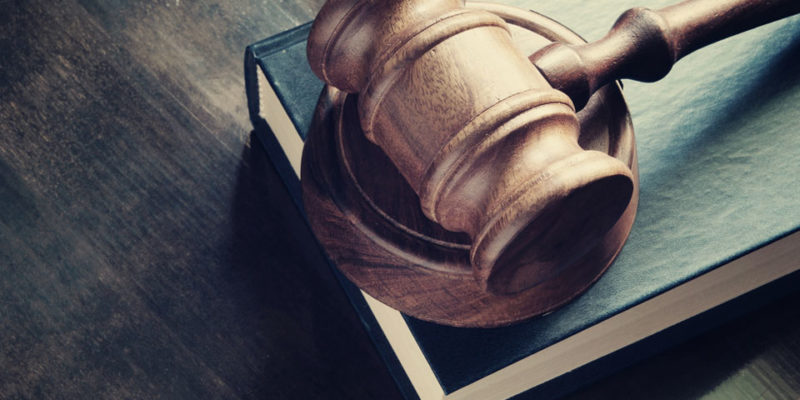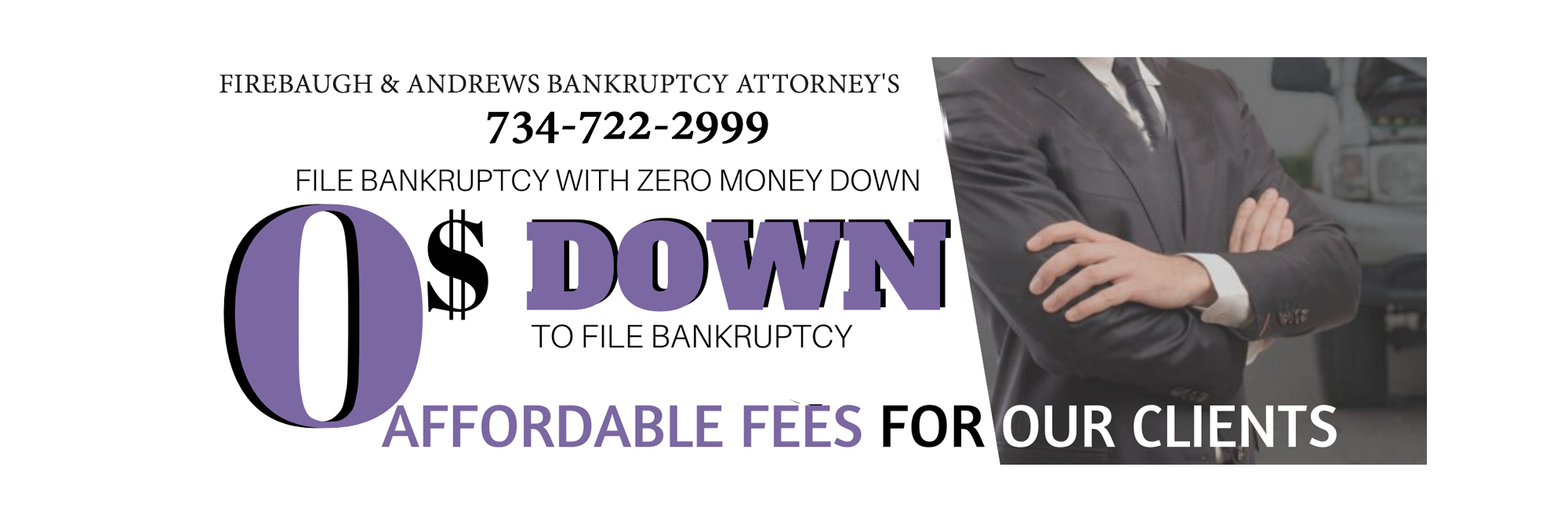
Debts you incur after you file for Chapter 7 bankruptcy (post-petition debts) are not discharged.
Filing for Chapter 7 bankruptcy gives you a fresh start by discharging (wiping out) many types of debts. With a few exceptions, you can get rid of qualifying “pre-petition” debts incurred before filing for bankruptcy. However, you can’t discharge “pre-petition” debts incurred after your bankruptcy filing date.
In most instances, it’s easy to identify debts incurred before versus after the bankruptcy filing date. But not always. Keep reading to learn about some of the trickier debts you might encounter.
Which Debts Can You Discharge in Chapter 7 Bankruptcy?
Most debts, such as medical bills, credit cards, and payday loans, can be discharged in a Chapter 7 bankruptcy. However, this is not true for all obligations. You can’t discharge some debts like child support, student loans, recent tax debt, and fines or penalties for violations of the law. Chapter 7 also doesn’t discharge post-petition debts. So if you incur a new debt after filing for bankruptcy, you’ll be on the hook for it after you receive your bankruptcy discharge.
Pre-Petition v. Post-Petition Debts in Chapter 7 Bankruptcy
When determining whether a debt is a pre-petition or post-petition debt, you’ll start by looking at the date you filed your bankruptcy petition. If you had the debt before the date of your bankruptcy filing, the debt is a pre-petition debt. If you took out a loan or incurred some other debt after filing for bankruptcy, it will be a post-petition debt. For instance, if you use a credit card before filing for bankruptcy, the debt is a pre-petition debt. Utility and phone charges incurred before the bankruptcy filing date are also pre-petition debts, but utility and phone charges incurred after the bankruptcy filing date are post-petition debts.
Car Loans, Mortgages, and Installment Debts in Chapter 7 Bankruptcy
Many kinds of debt require monthly payments that you must continue to pay throughout your bankruptcy if you want to keep the property. For instance, car loans or mortgages are debts that are guaranteed (secured) by the property purchased. If you don’t pay, the lender can take the property.
If you incurred the monthly obligations on these debts before you filed for bankruptcy, they are pre-petition debts. The bankruptcy will discharge your liability to pay. But the bankruptcy discharge will not eliminate the lien you gave the lender allowing the lender to reclaim the property if you stop making payments. So if you fall behind, the creditor has the right to repossess or foreclose the property, even after you receive your discharge. To keep the property, you must keep up with the payments.
You can learn more about secured debt in Chapter 7 bankruptcy by reading Understanding Secured, Unsecured, and Priority Debts in Bankruptcy.
Homeowner’s and Condominium Association Fees in Chapter 7 Bankruptcy
Whether your bankruptcy will discharge HOA or COA dues and assessments (collectively called assessments) will also depend on when you incurred them. But there’s a twist. Relinquishing the property in the bankruptcy case won’t automatically stop your responsibility to pay.
Pre-petition assessments. You can discharge your liability for HOA or COA assessments if they became due before filing your bankruptcy petition.
Post-petition assessments. You’ll remain personally liable for any dues or assessments that become due after filing the petition, even if you end up giving up your condo, townhome, or home as part of your bankruptcy case. You’ll remain responsible as long as you remain on title as the owner. Because of this, some people wait to file for bankruptcy until after a lender repossesses the property.
Reaffirming a Debt in Chapter 7 Bankruptcy
Sometimes after you file a Chapter 7 bankruptcy, a creditor will want you to reaffirm the debt. When you reaffirm a debt, you enter into a new contract with the creditor. Reaffirmation agreements commonly occur when you’ve financed a car that you’d like to keep after your bankruptcy case.
Because you are creating a new contract and a new obligation to pay after filing your bankruptcy case, reaffirmed debts are post-petition debts. Your bankruptcy will not discharge your responsibility to pay these debts after your bankruptcy is over. If you fail to make payments, the creditor has the right to sue you for the money you owe and repossess or foreclose on the property.
Assuming a Lease in Chapter 7 Bankruptcy
A lease agreement signed before you filed a Chapter 7 bankruptcy is a pre-petition debt that can be discharge in bankruptcy. But if you assume the lease by entering into a new contract, and then fail to make payments, you’ll likely be responsible for the payments due after you signed a new agreement. If you simply continue making lease payments without entering into a new agreement, you might not be responsible for any payments you fail to make after you receive your bankruptcy discharge, however. Check with a local bankruptcy attorney to determine the approach used by your local court.





 get a free consultation
get a free consultation
Comments (0)